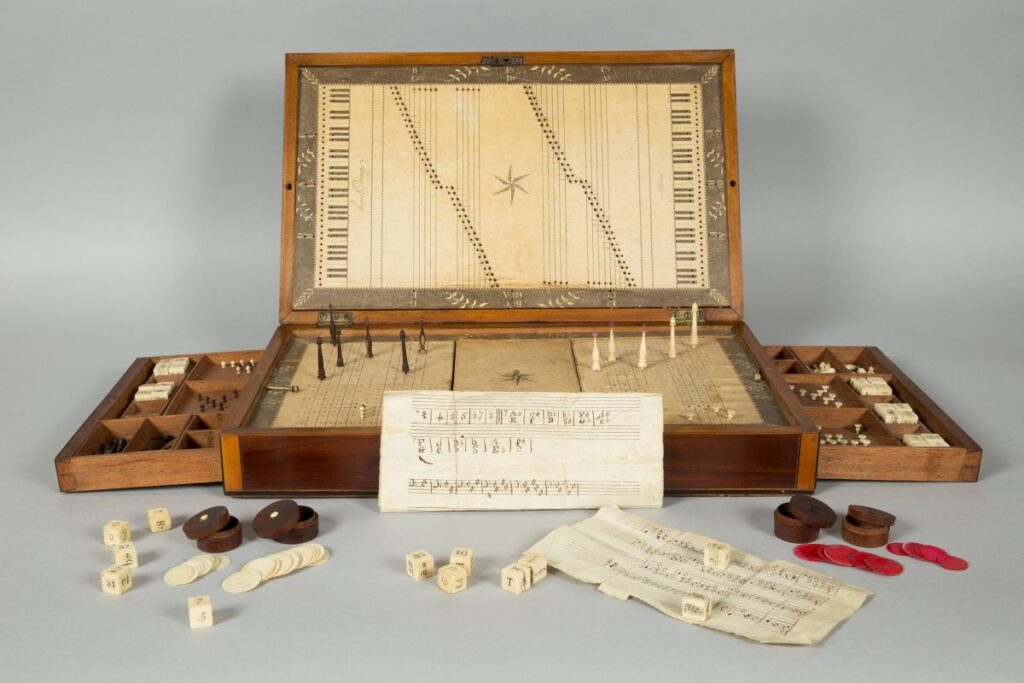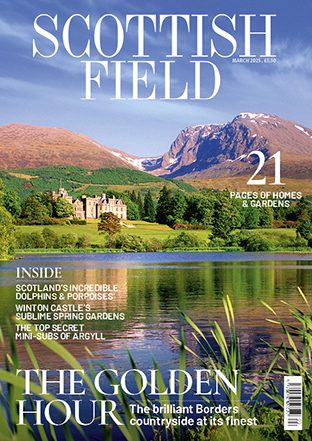A rare 19th century musical game, one of only three known to still be in existence, is going on display to the public for the first time.
Musical Game, designed by Ann Young in 1801 to teach and test children on musical theory, will feature as part of West End Girls at the Georgian House in Charlotte Square, Edinburgh as part of a new exhibition by the National Trust for Scotland.
The game invented by Ann, who lived in St James Square at the opposite end of George Street to Charlotte Square, was patented in the capital.
She was the only woman to receive a patent that year and one of only 40 to receive a patent in a 200-year period from 1617 to 1816.
‘We’re delighted to welcome visitors to our new exhibition West End Girls, to see the rare Musical Game, by Ann Young, on display to the public for the first time at the Georgian House,’ Sheonagh Martin, from NTS said.
‘The family friendly game offered different versions to play depending on ability and could’ve been enjoyed by the Lamont family who resided at No 7 Charlotte Square.

‘The musical knowledge required to play, and the complexity of the game highlighted the importance of musical instruction amongst the wealthy elite during the 18th and 19th centuries, who regarded it as an indicator of social status.’
The intimate display was curated by the conservation charity to shed light on the stories and pastimes of children growing up in Edinburgh’s New Town in the early 19th century.
‘The exhibition celebrates the lives of three girls who spent their early years in or near Charlotte Square including Elizabeth Grant of Rothiemurchus, Catherine Sinclair, and Marjory Fleming,’ Kit Baston, who carried out research for West End Girls, said.
‘Elizabeth’s candid memoirs, Catherine’s lively tales, and Marjory’s journals provide invaluable insights into childhood, especially female education, and their experiences challenge the idea that Georgian women lacked education.
‘Georgian ladies learned skills that allowed them to express their talents and creativity as they learned how to be ‘accomplished’ members of polite society.
‘Items illustrating the stories of these women are on display alongside objects and reproductions of original books from our collection at the Georgian House, to provide visitors a glimpse into the lives of children during this period.
‘It’s thanks to our members and supporters for their continued generosity that we’re able to offer exhibitions like this to share and provide access to Scotland’s cultural heritage for everyone to enjoy.’
Read more News stories here.
Subscribe to read the latest issue of Scottish Field.
TAGS


